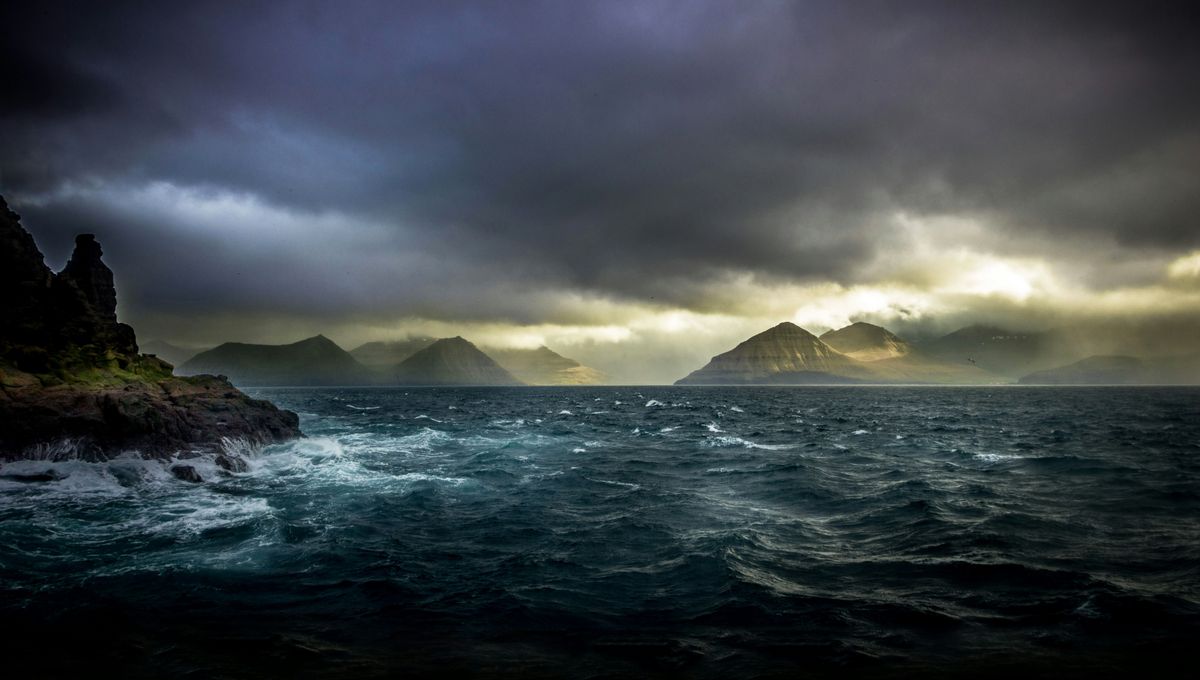
The ocean wasn’t a fun place to be during the Mesozoic era, which featured a string of periods during which its waters were extremely depleted of oxygen, causing multiple marine mass extinctions. Now, a new study appears to have found the trigger behind this catastrophic chain of events.
What the team was looking for was evidence to support the theory that plate tectonics may have had a role. That’s because the Mesozoic, which spanned between 185 to 85 million years ago, was also the era during which the supercontinent Gondwana broke up. The team found evidence that as it did so, multiple pulses of phosphorus were released from basalt, a type of volcanic rock, on both the seafloor and continents.
On closer inspection, these pulses matched up with the periods of oxygen depletion, known as ocean anoxic events or OAEs – but were the two linked?
To test the theory out, the researchers used a kind of computer model called an Earth system model to simulate the effect that the phosphorus pulses would have on ocean chemistry, and found that it recreated the string of OAEs.
But how did an abundance of phosphorous lead to a lack of oxygen and, consequently, change the direction of marine life development?
After all, phosphorus is one of the essential elements for life – it’s involved in the formation of DNA and cell membranes and is a key component of cells’ main energy source, ATP. However, as the saying goes, there can be too much of a good thing.
While the pulses of phosphorus led to an uptick in the growth and productivity of marine organisms, the consequence of that productivity was a whole lot more organic matter sinking to the ocean floor. The decomposition of organic matter uses up oxygen, which on this kind of scale, has a devastating effect.
“This process eventually caused swathes of the oceans to become anoxic, or oxygen-depleted, creating ‘dead zones’ where most marine life perished,” explained study co-author Professor Benjamin Mills in a statement.
Such OAEs “were like hitting the reset button on the planet’s ecosystems,” added lead author Professor Tom Gernon, concluding that “Tearing continents apart can have profound repercussions for the course of evolution.”
Not only do the findings provide a deeper understanding of how the close coupling between the solid Earth and its surface has affected life in the past, but it might also clue us into the consequences of that relationship in the future – especially as today’s oceans have seen a drop in oxygen.
“It’s remarkable how a chain of events within the Earth can impact the surface, often with devastating effects,” said Professor Gernon. “Studying geological events offers valuable insights that can help us grasp how the Earth may respond to future climatic and environmental stresses.”
The study is published in the journal Nature Geoscience.
Source Link: Catastrophic Ancient Chain Of Events Possibly Caused Mass Extinction-Triggering Ocean Oxygen Loss